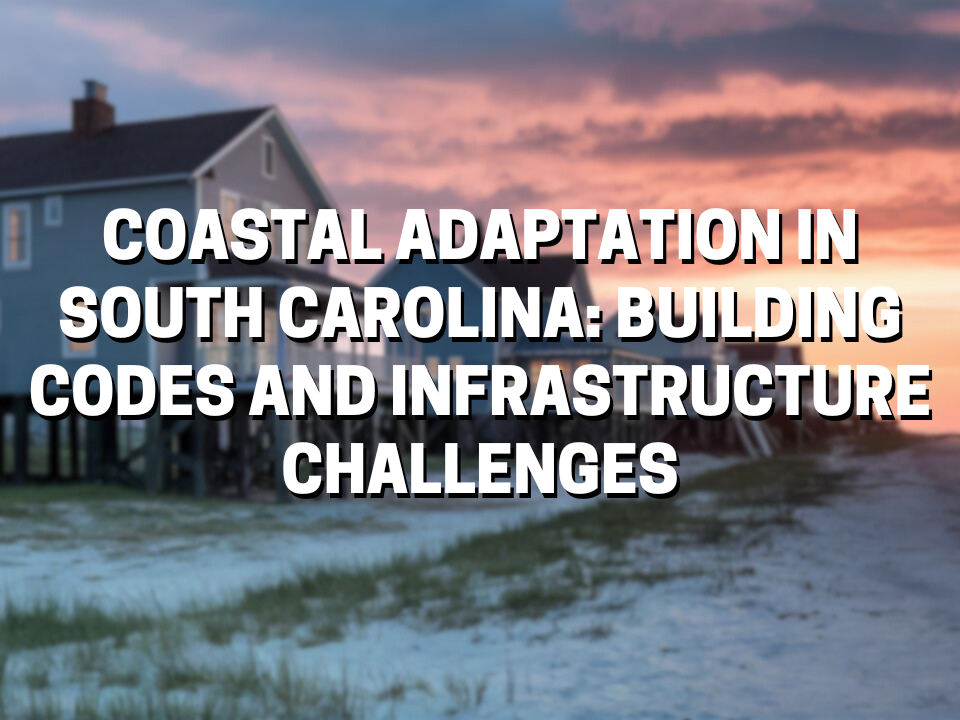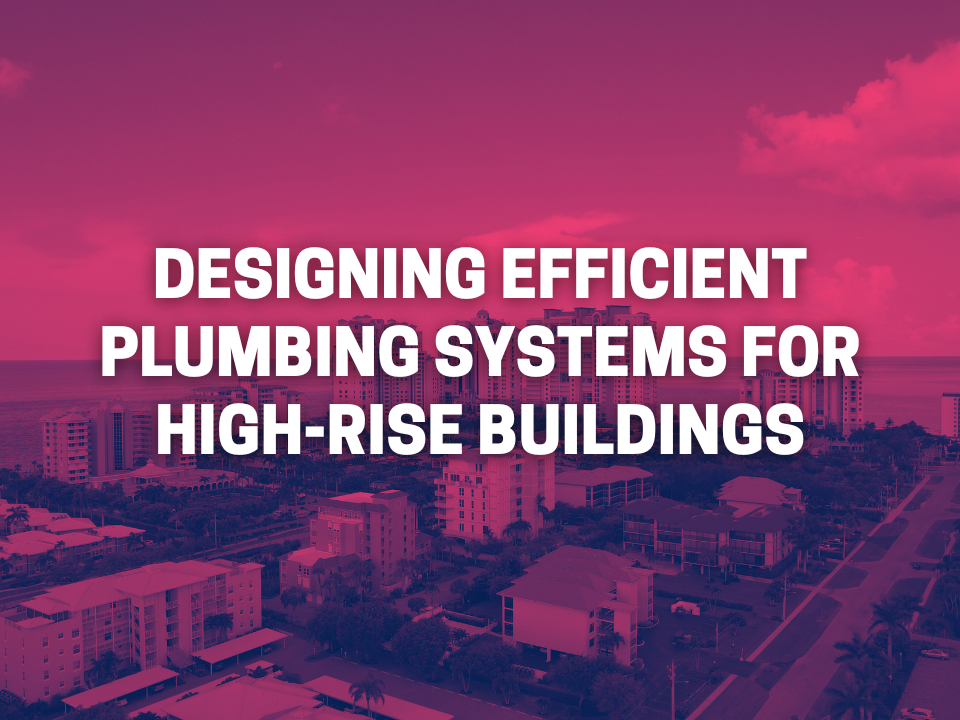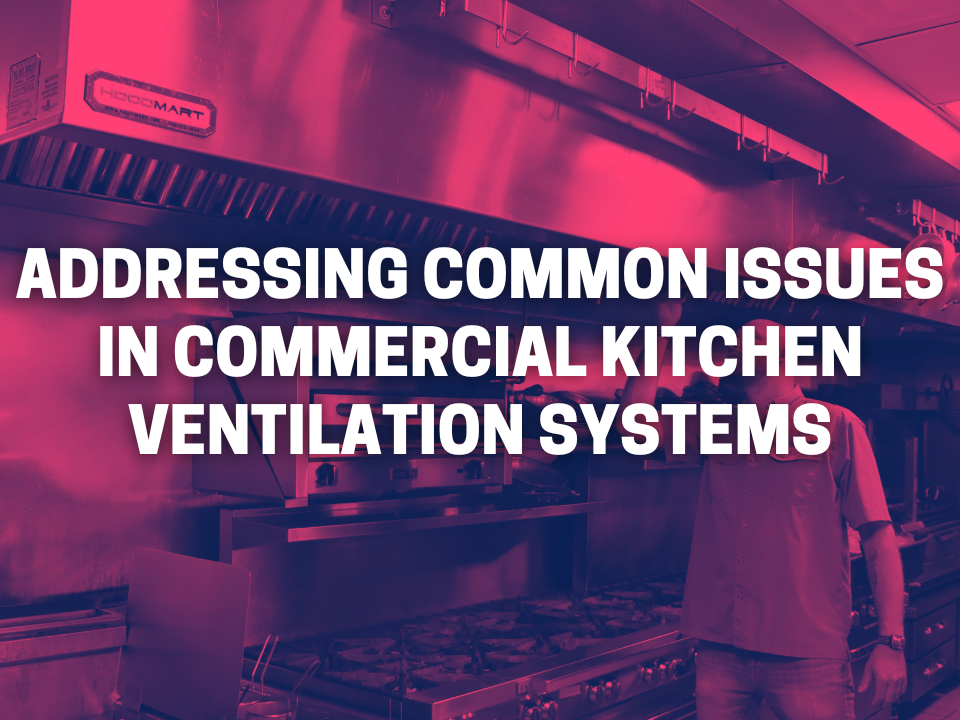At Gunderson Engineering PLLC, we understand the importance of designing effective fire sprinkler systems that meet all regulatory requirements while ensuring the safety of occupants. This article explores key design considerations for fire sprinkler systems in commercial buildings and highlights their applications and benefits.
Understanding Fire Sprinkler Systems
Fire sprinkler systems are automated systems designed to detect and suppress fires in buildings. They are essential for protecting lives and property, minimizing damage, and ensuring compliance with fire safety regulations. In North and South Carolina, where commercial buildings must adhere to strict fire safety codes, proper sprinkler system design is crucial.
Key Design Considerations
Compliance with Fire Codes
Regulatory Standards: Fire sprinkler systems must comply with the National Fire Protection Association (NFPA) standards, particularly NFPA 13, which sets the installation guidelines for commercial properties. North and South Carolina also have specific state regulations that must be adhered to, ensuring comprehensive fire protection.
Local Amendments: It’s important to consider local amendments to the NFPA standards that may apply in various municipalities. Working with local authorities during the design phase can help ensure all regional requirements are met. For instance, the North Carolina Building Code specifies that automatic sprinkler systems must be designed and installed in accordance with Sections 903.3.1 through 903.3.8 of the code.
Water Supply and Pressure Requirements
Adequate Water Supply: Ensuring an adequate and reliable water supply is a fundamental aspect of sprinkler system design. This includes determining the available water pressure and flow rate from the municipal supply or on-site storage tanks.
Pressure Calculations: Accurate hydraulic calculations are essential to ensure that the sprinkler heads will function correctly during a fire. These calculations determine the necessary pipe sizes and pump specifications to maintain adequate pressure and flow throughout the system.
System Layout and Coverage
Optimal Coverage: The layout of the sprinkler system should provide optimal coverage of all areas within the building. This involves strategic placement of sprinkler heads to ensure that water is distributed effectively to suppress fires in any part of the building.
Zoning: Large commercial buildings often require zoning of sprinkler systems to manage water distribution effectively. Each zone is controlled separately, allowing for efficient water usage and maintenance.
Types of Sprinkler Heads
Standard Sprinkler Heads: Suitable for most commercial applications, these heads are designed to activate at a preset temperature and discharge water in a specific spray pattern.
Specialized Sprinkler Heads: In areas with unique fire risks, such as commercial kitchens or chemical storage rooms, specialized sprinkler heads, such as foam-water sprinklers or high-temperature sprinklers, may be required.
Maintenance and Testing
Regular Maintenance: Regular maintenance and testing are crucial to ensure the sprinkler system remains in optimal working condition. This includes periodic inspections, testing of alarm systems, and maintenance of water supply components.
Professional Services: Hiring professional services for maintenance ensures that all aspects of the system are thoroughly checked and that any issues are promptly addressed, maintaining compliance with safety standards.
Technical Applications
Hydraulic Calculation Example
For a commercial office building, hydraulic calculations might determine that a pump delivering 500 gallons per minute (GPM) at 100 psi is required. This ensures that all sprinkler heads receive adequate water pressure during a fire.
Sprinkler Head Selection
In a high-rise building, selecting quick-response sprinkler heads can provide faster activation times, improving the system’s effectiveness in controlling fires on upper floors.
Water Storage Solutions
For buildings without adequate municipal water pressure, on-site water storage tanks with dedicated fire pumps can ensure a reliable water supply. For example, a storage tank with a capacity of 10,000 gallons might be paired with a pump that delivers 1,000 GPM.
Conclusion
Proper sprinkler system design is essential for ensuring fire safety in commercial buildings. At Gunderson Engineering PLLC, we are dedicated to providing comprehensive fire protection solutions that meet all regulatory requirements and protect lives and property. Our expertise in fire sprinkler system design ensures that your commercial building in North and South Carolina is equipped with a reliable and effective fire safety system.
For more information on our fire sprinkler design services and other engineering solutions, contact Gunderson Engineering PLLC today. This updated article incorporates specific references to the North Carolina Building Code and Fire Prevention Code, ensuring that the information is accurate and up to date.
Contact Us – The MEP Engineering Experts Near Me – MEP Carolina’s Structural Engineering – North Carolina’s MEP Engineering
- Phone: (877) 352-3647
- Email: contacts@gundersonengineering.com
Connect With Us
Related Services North Carolina – South Carolina MEP Engineering Services
- Structural Engineering Services
- MEP Engineering
- Metal Buildings and Structures
- Wooden Decks and Patio Covers
- Stairs and Handrails
- Redline Services








